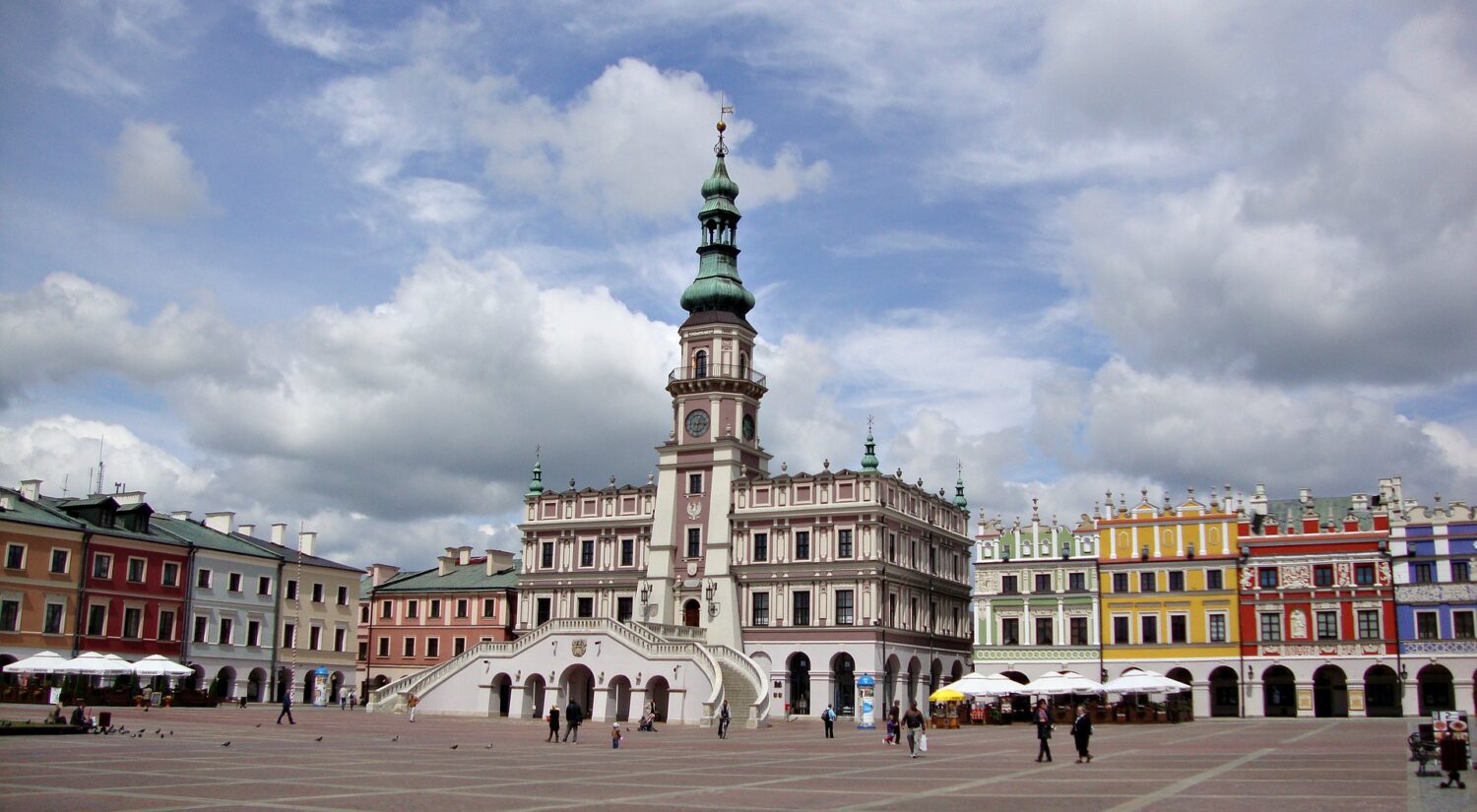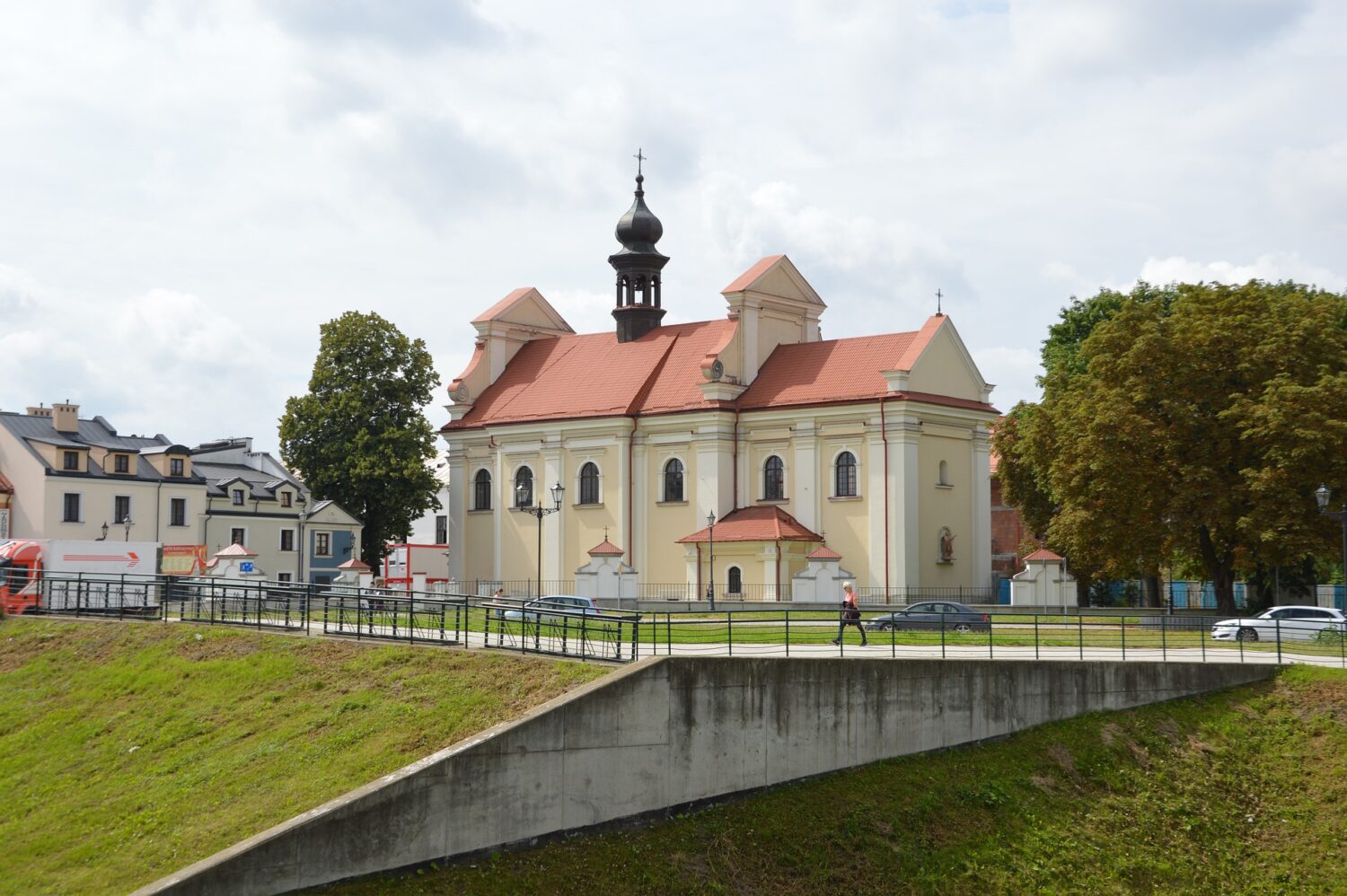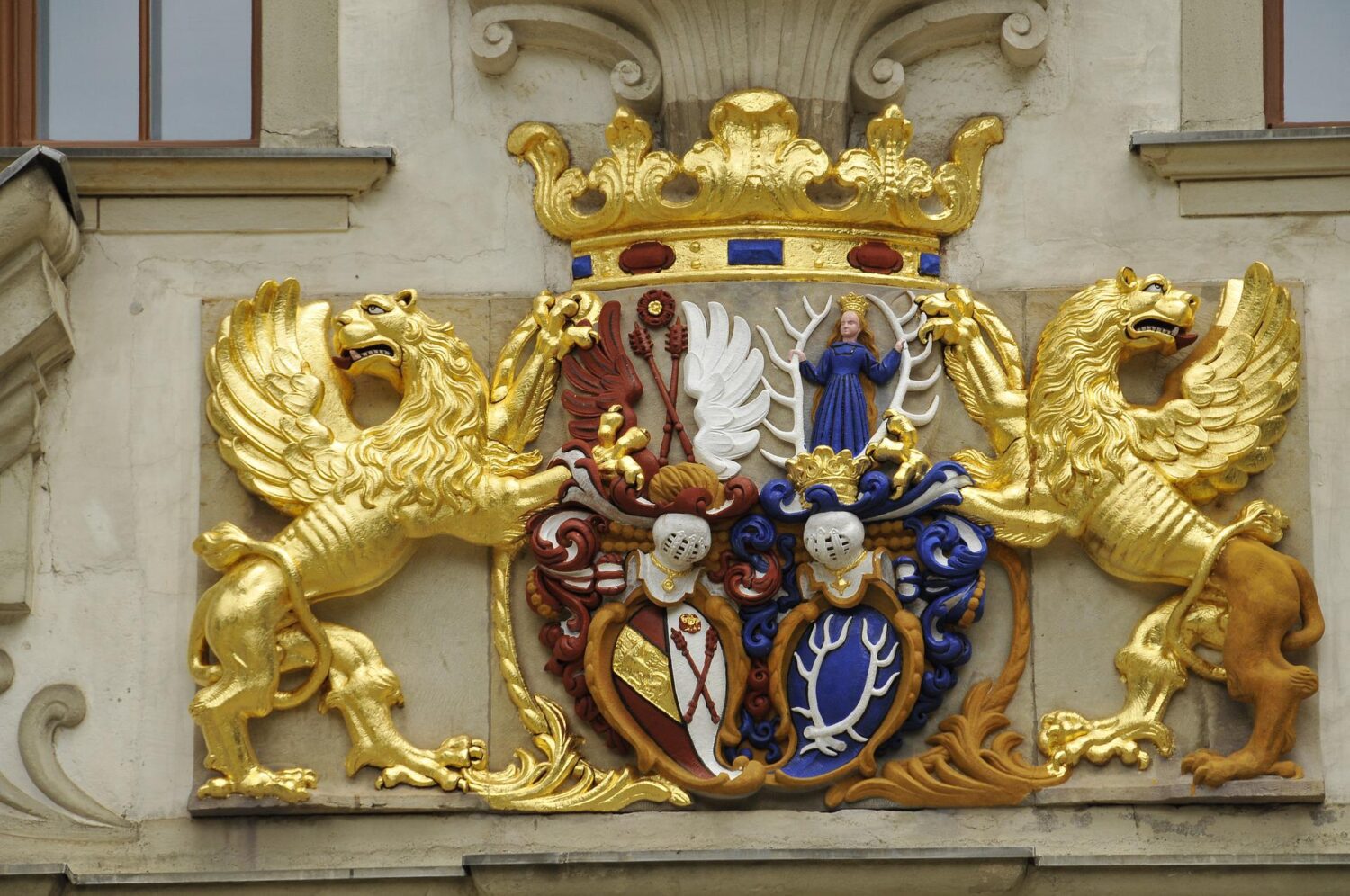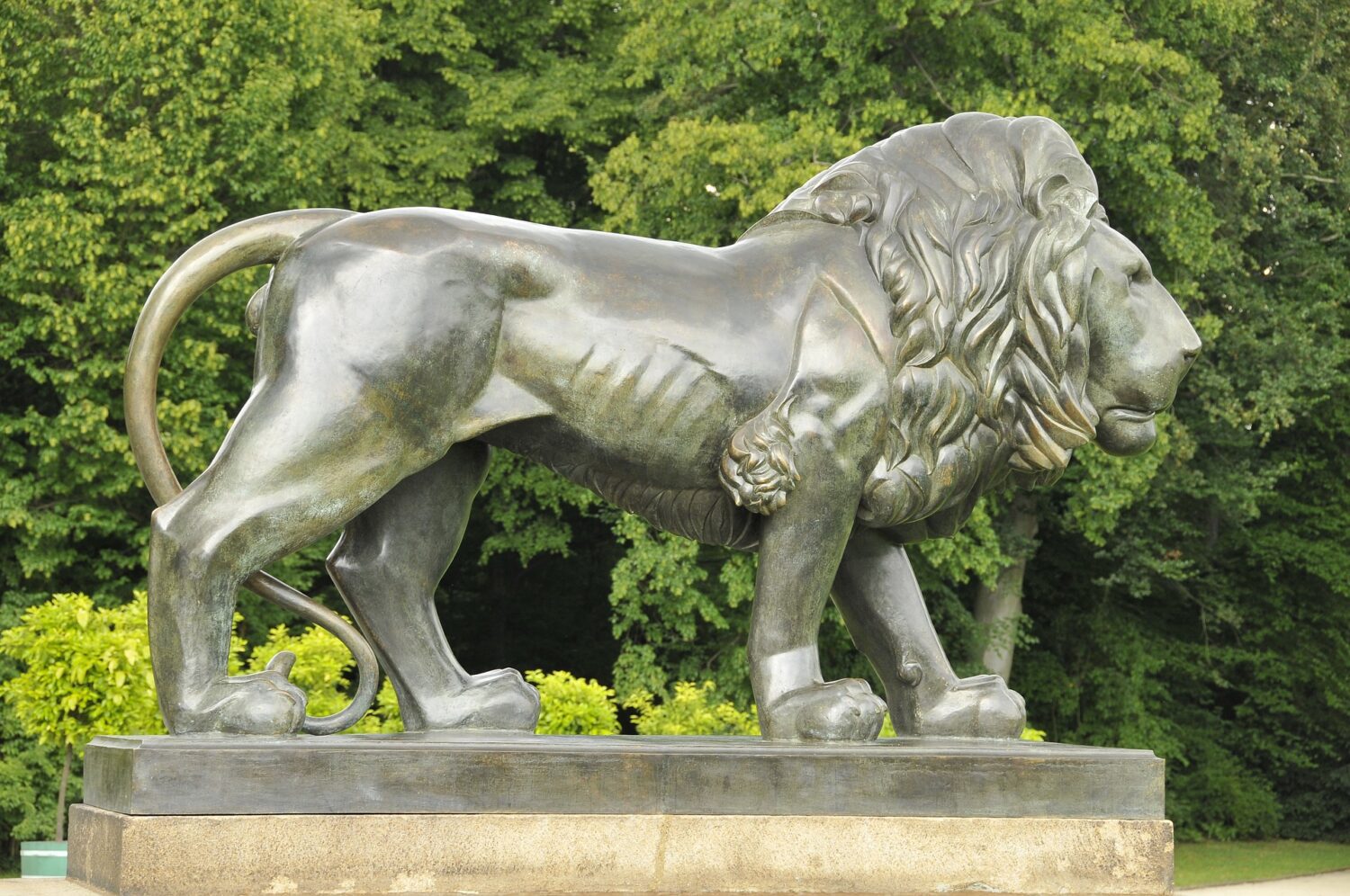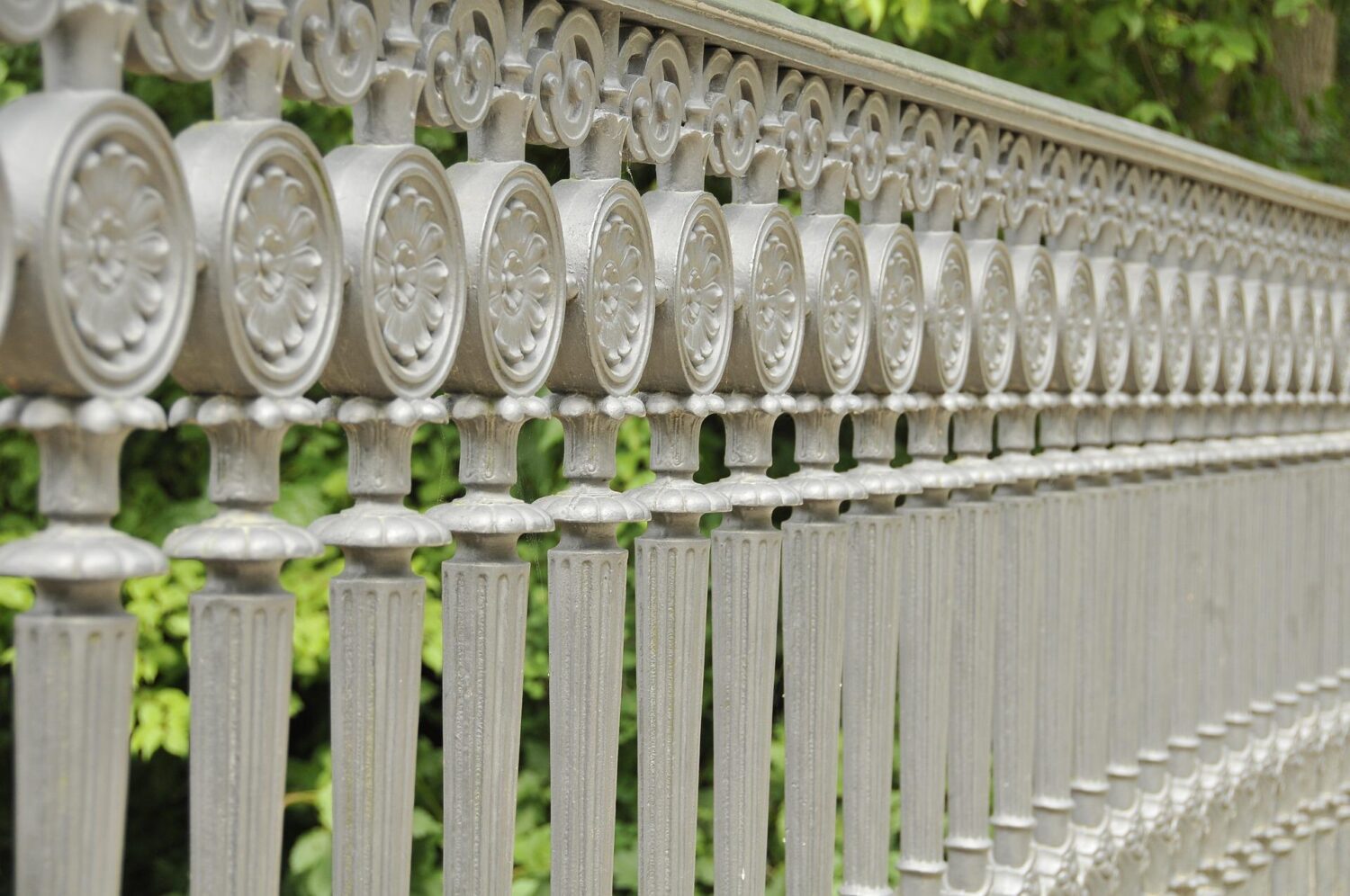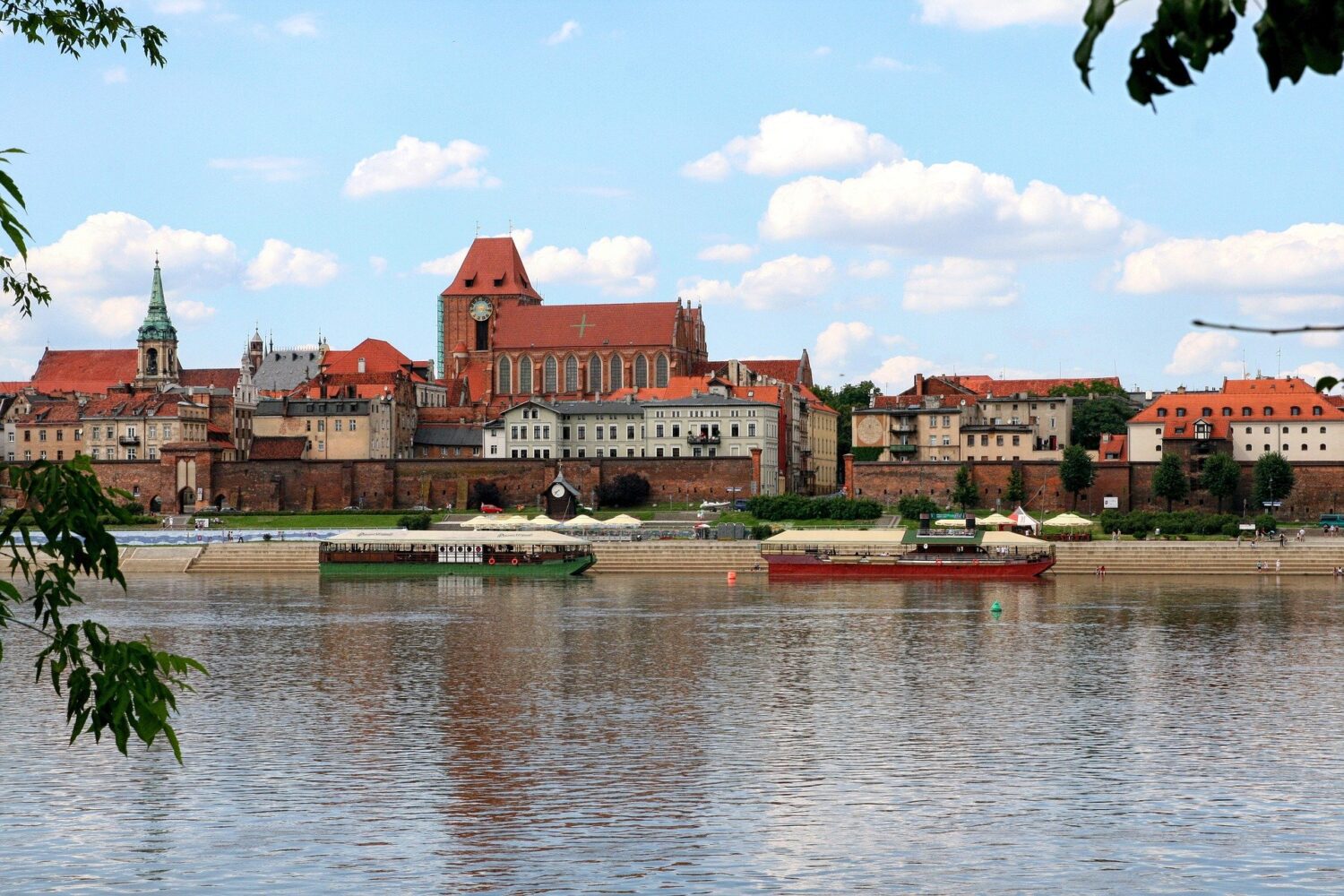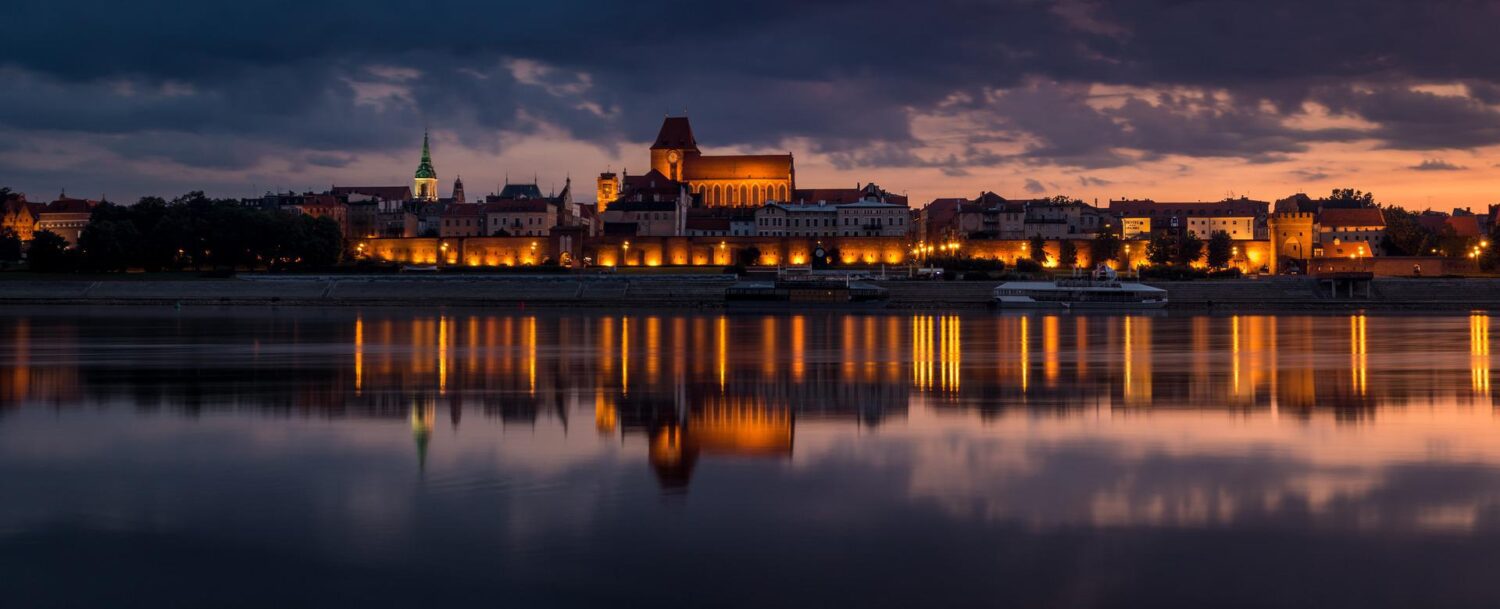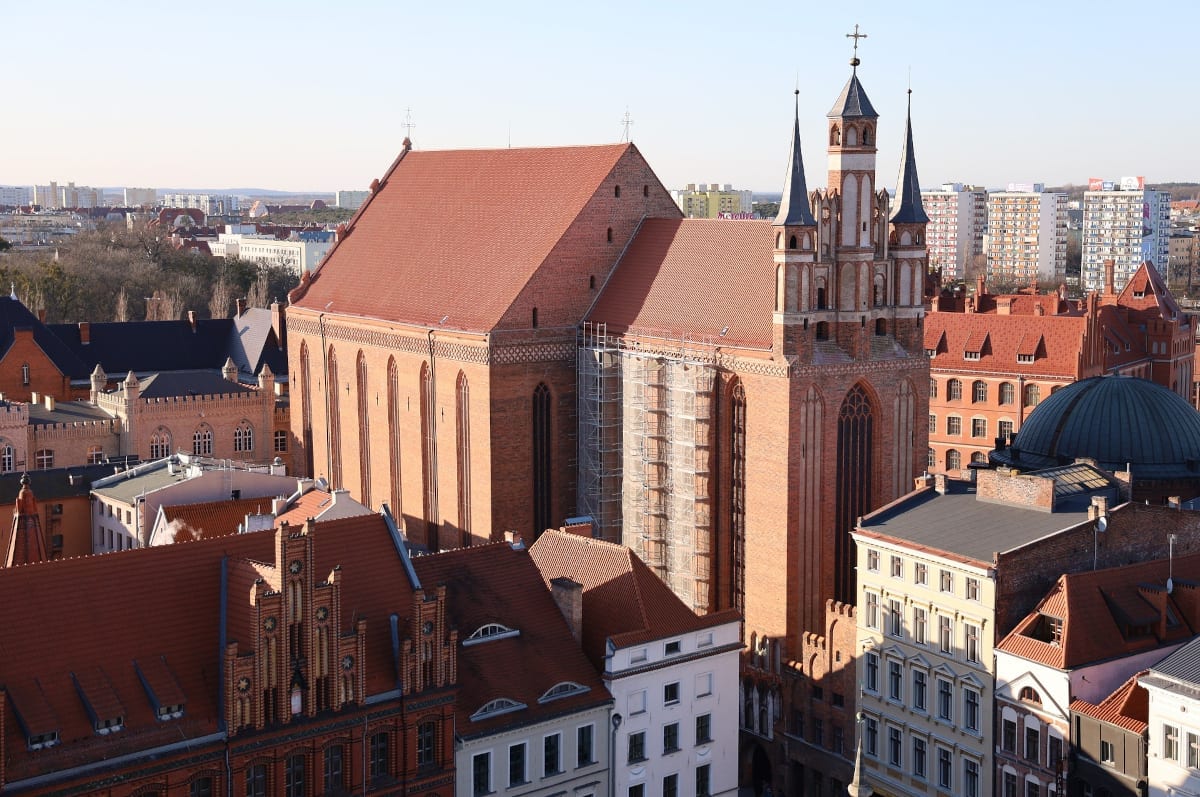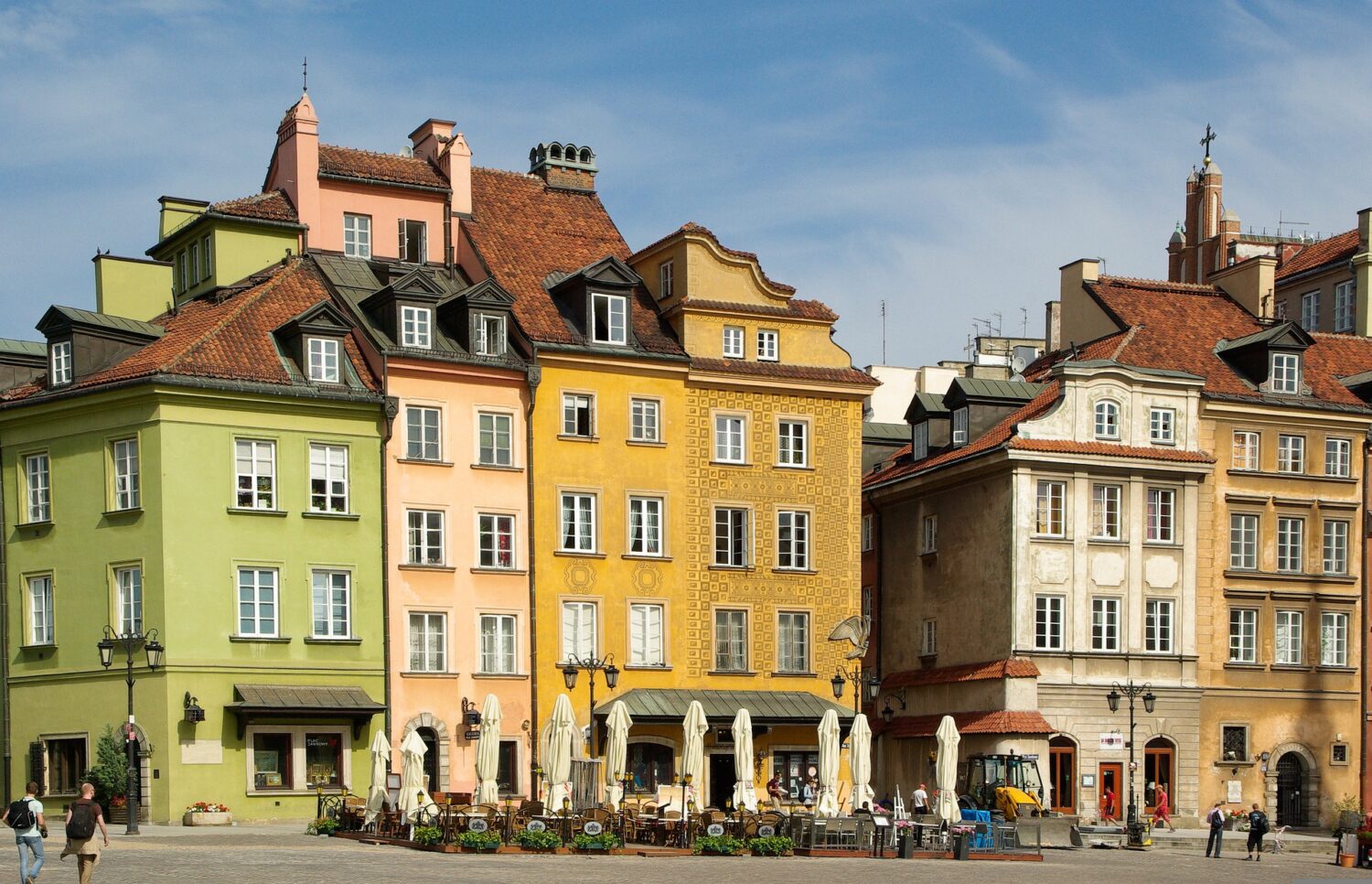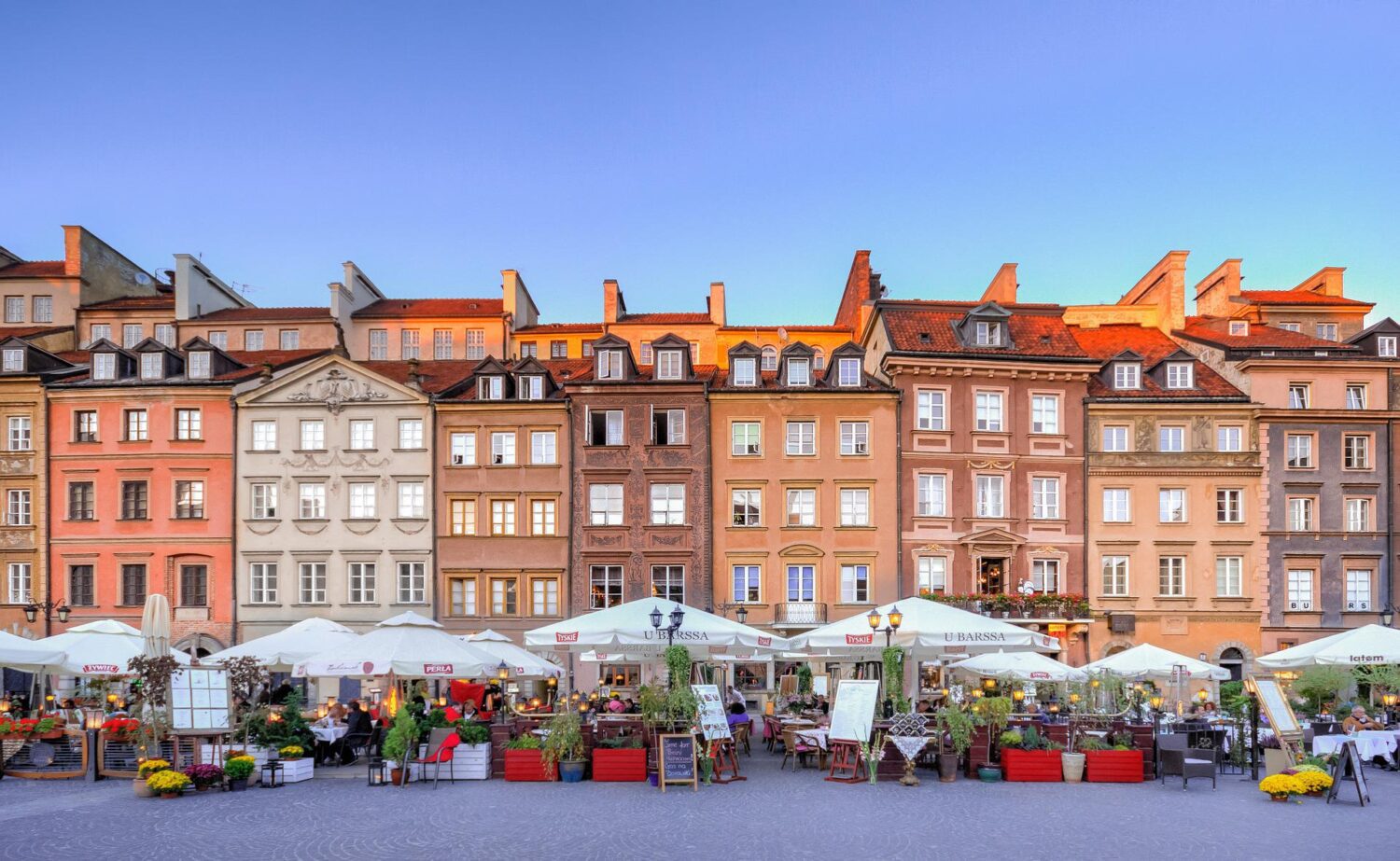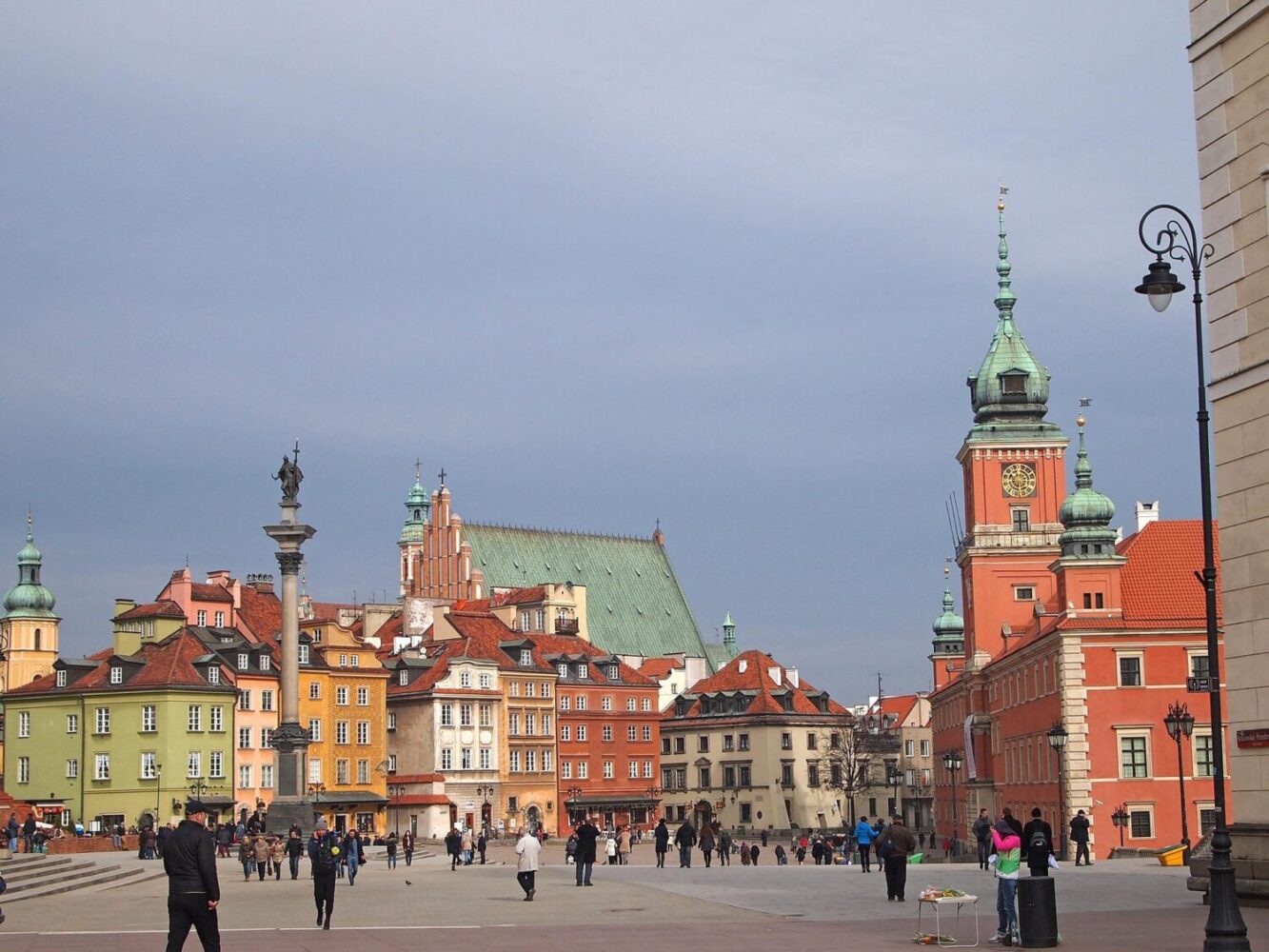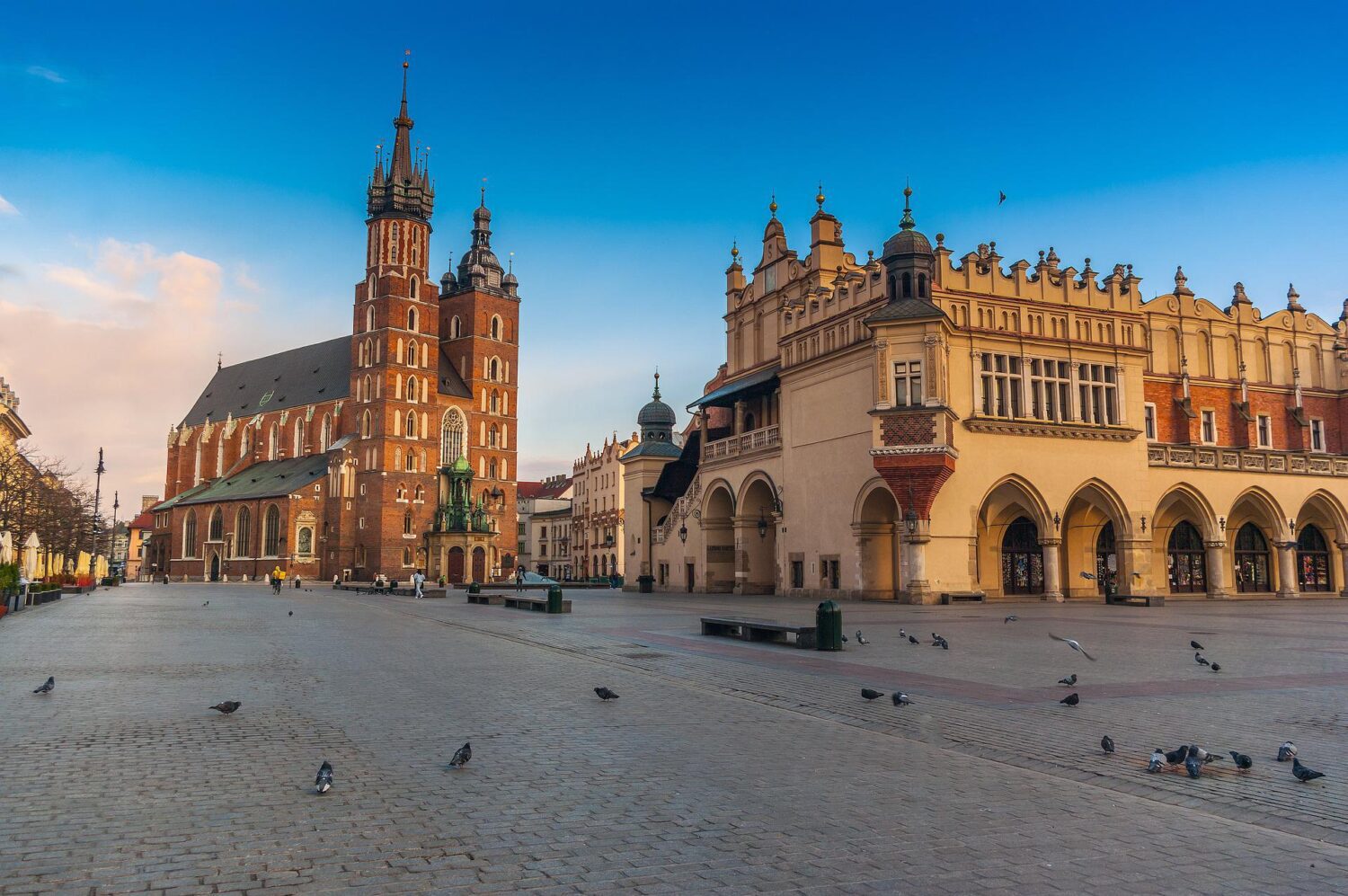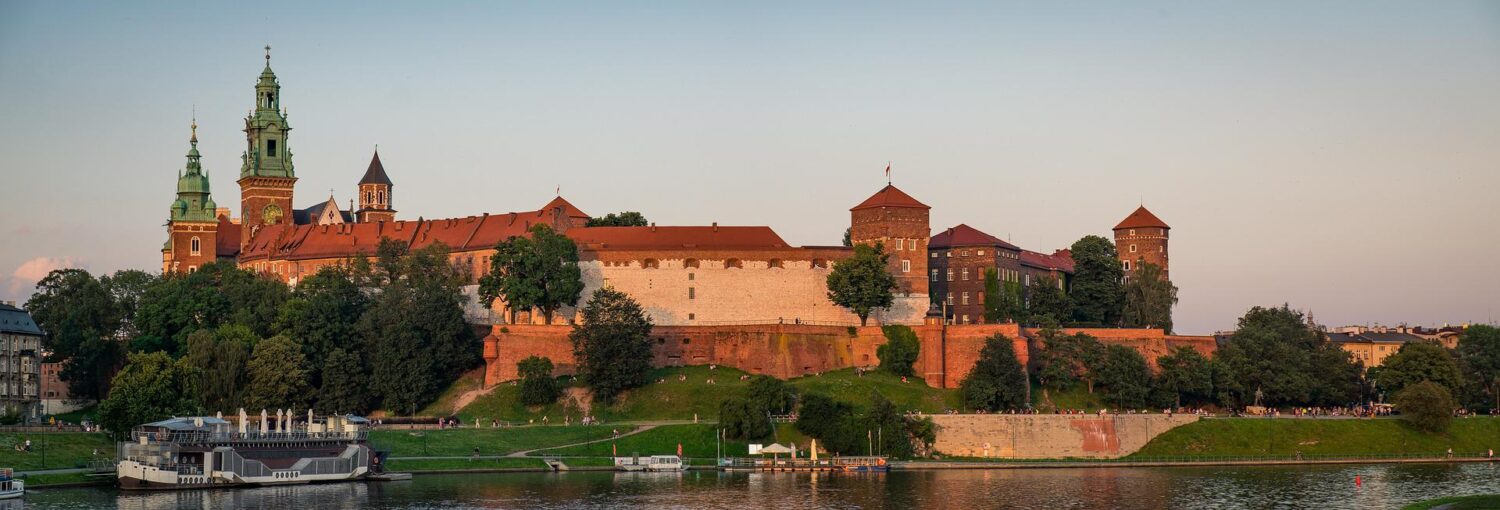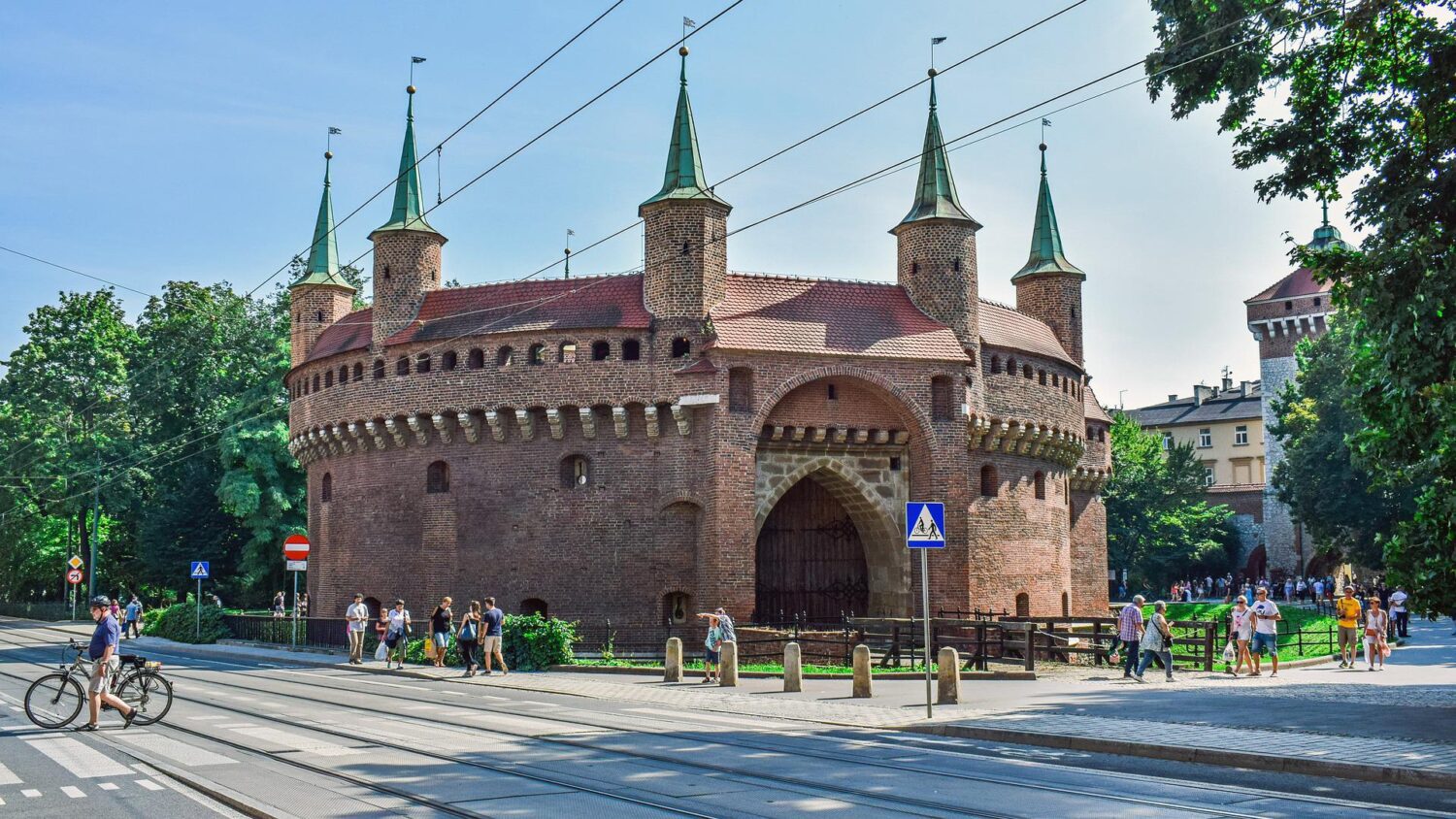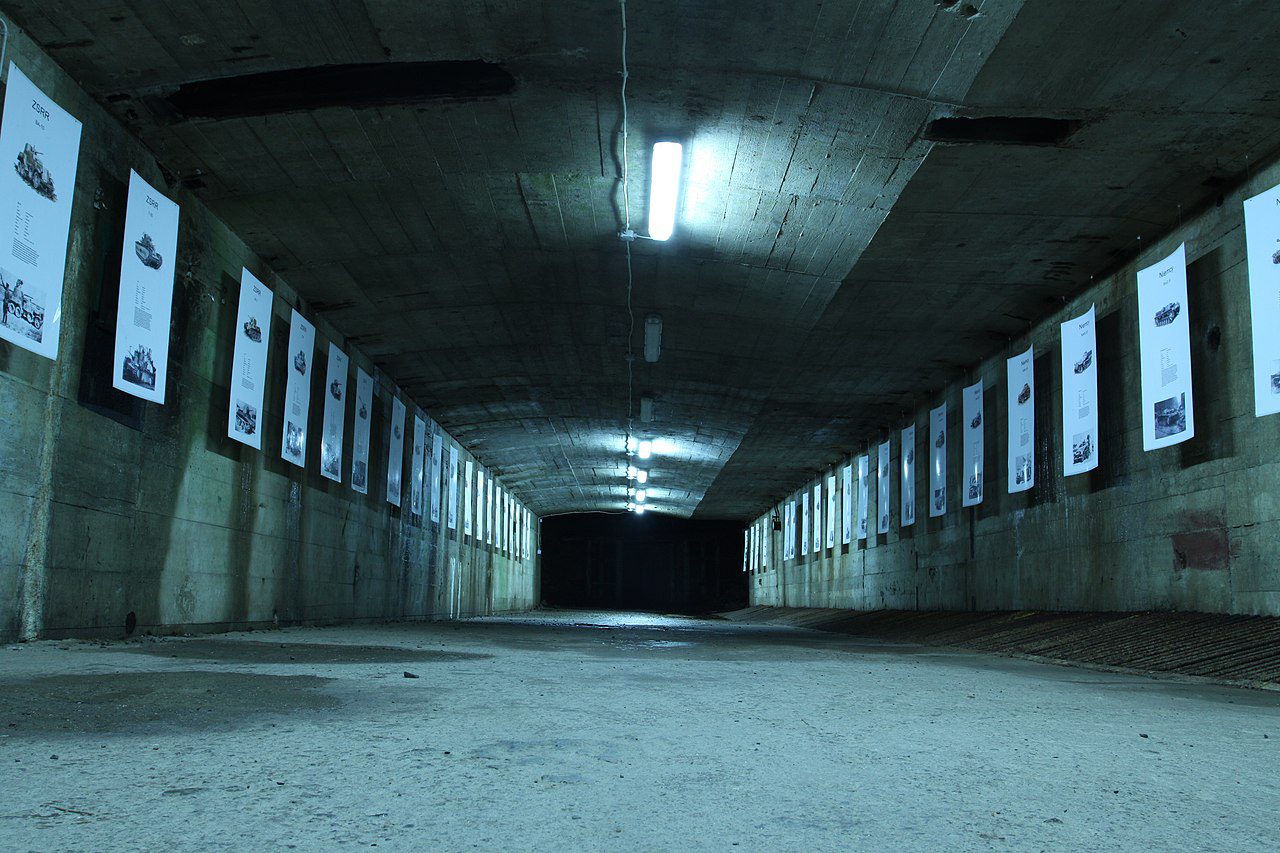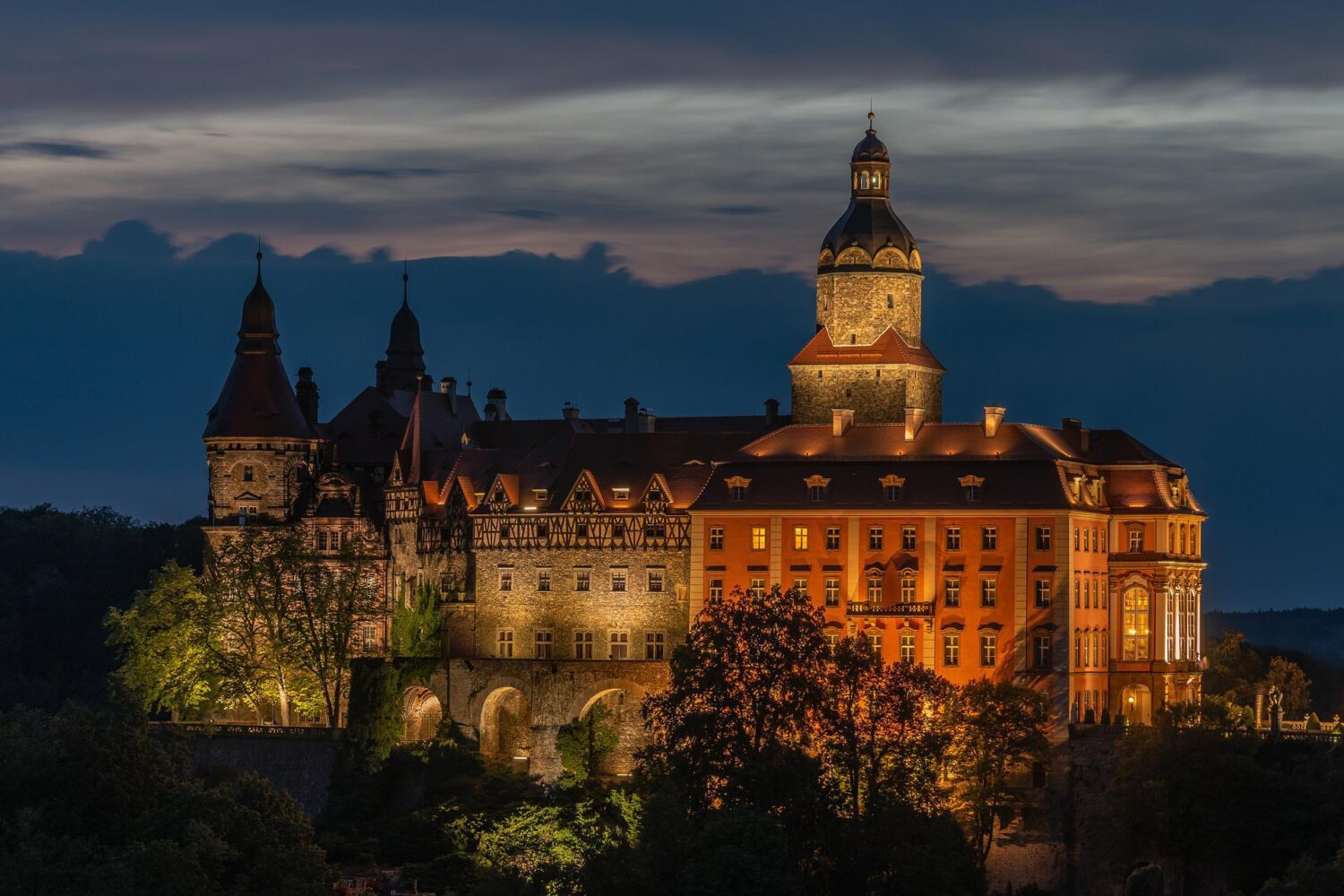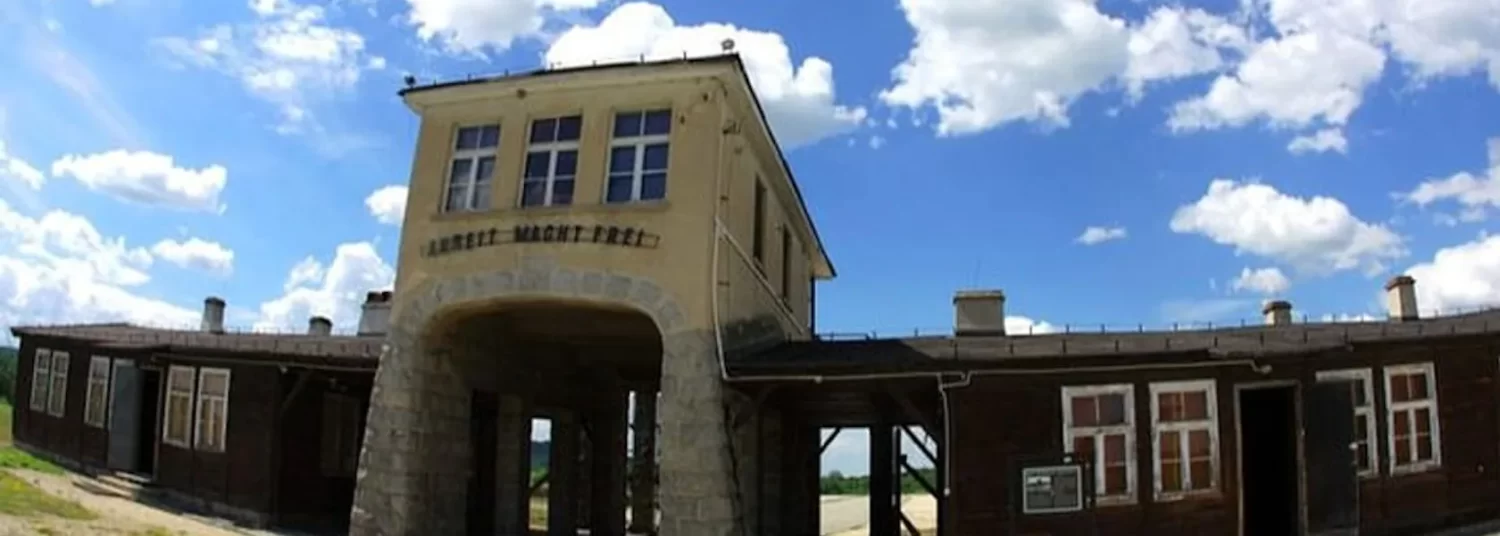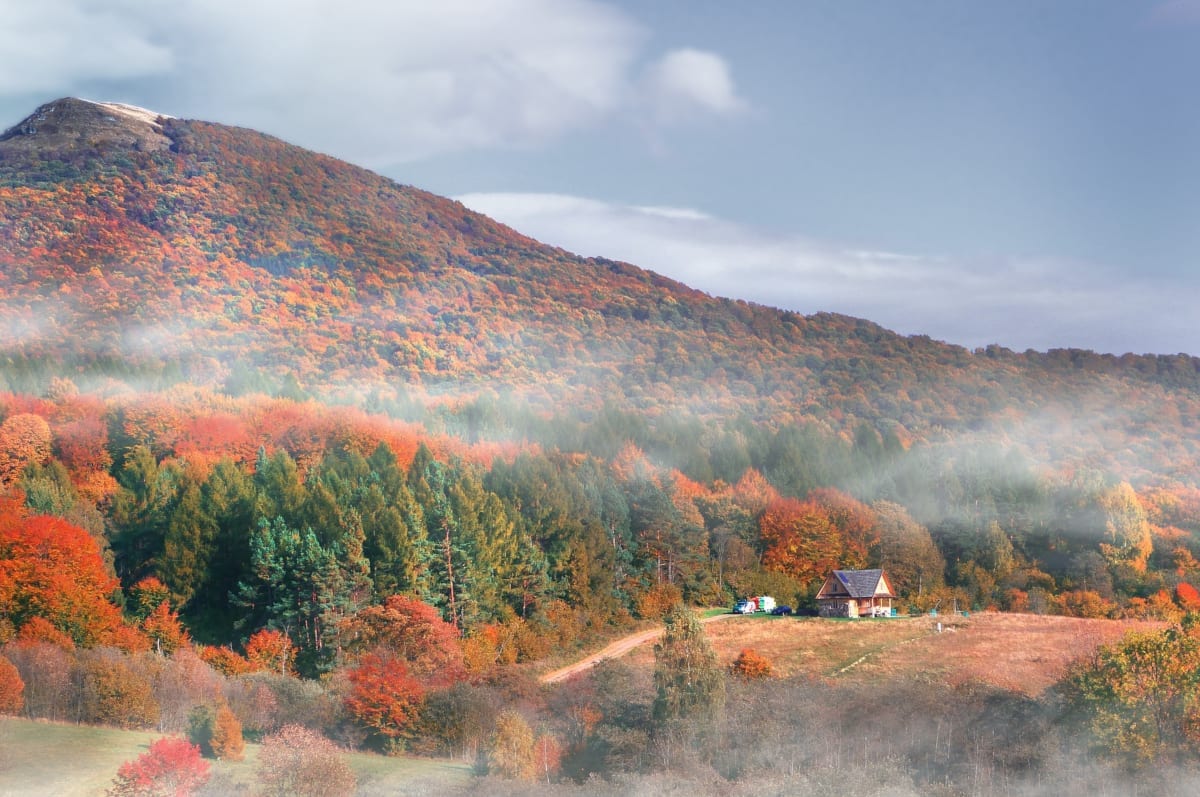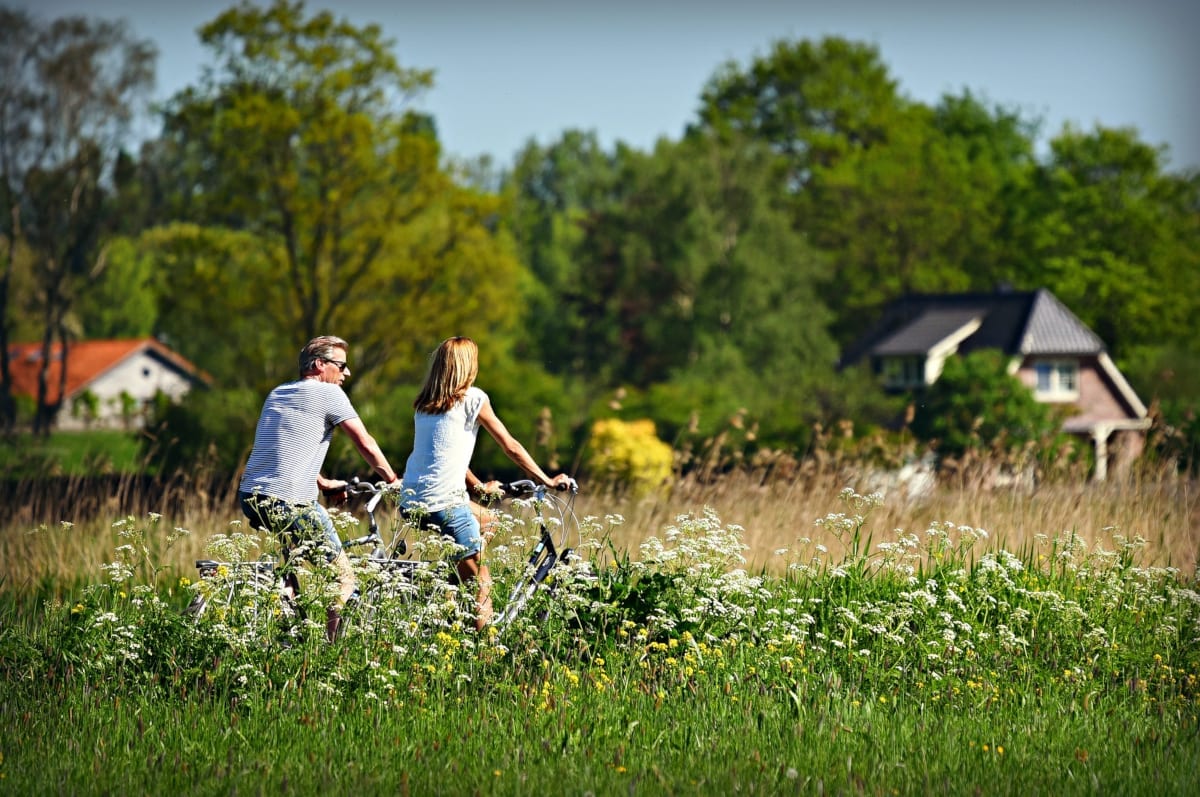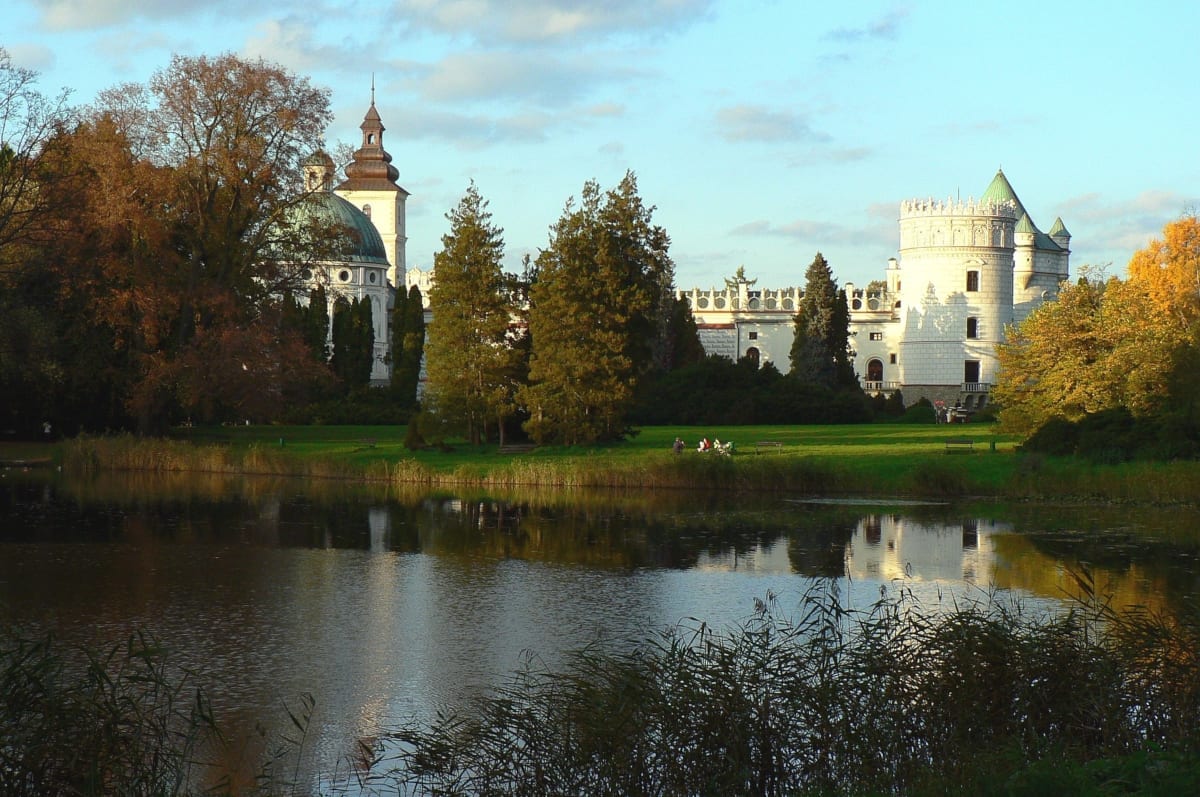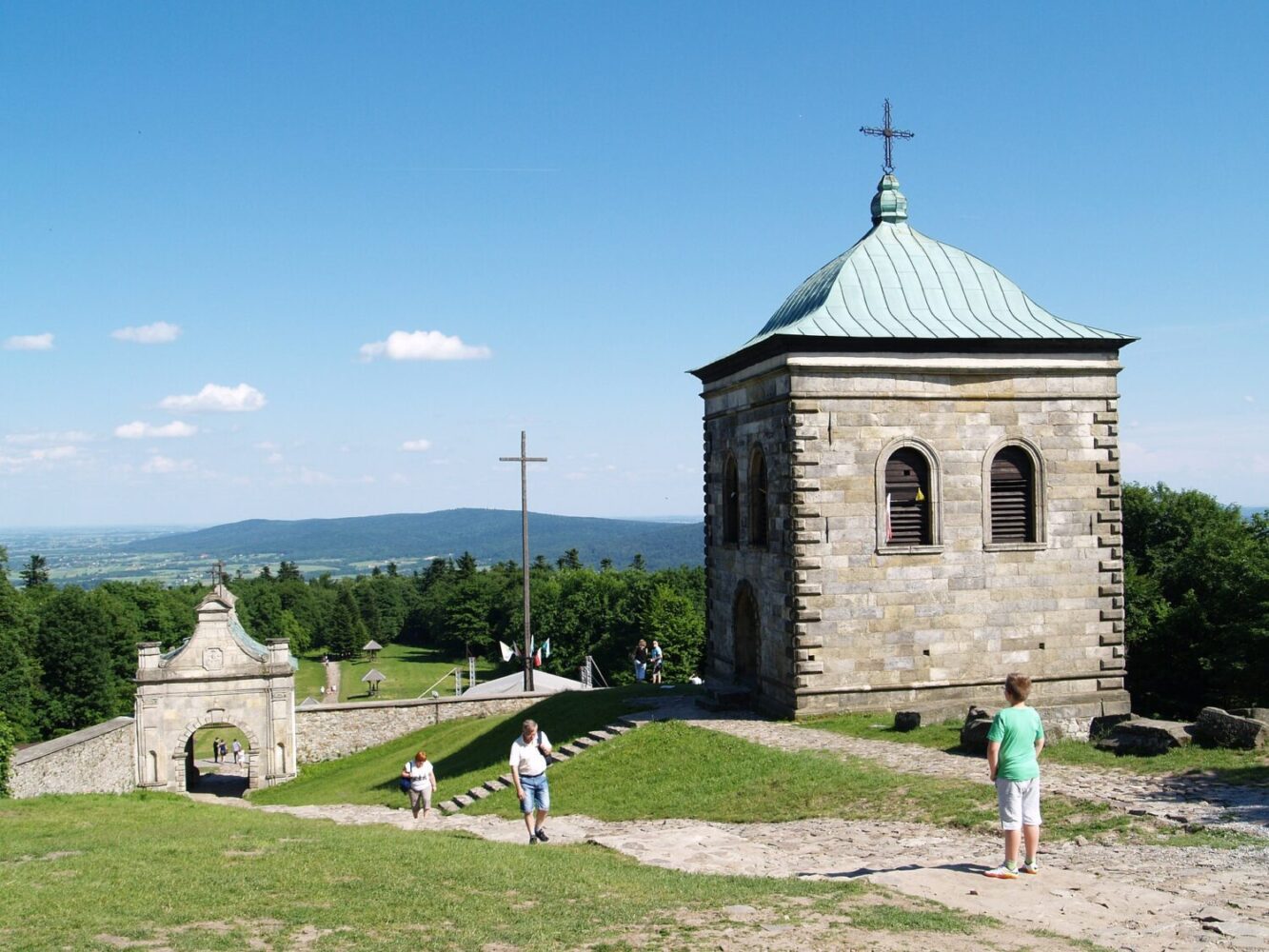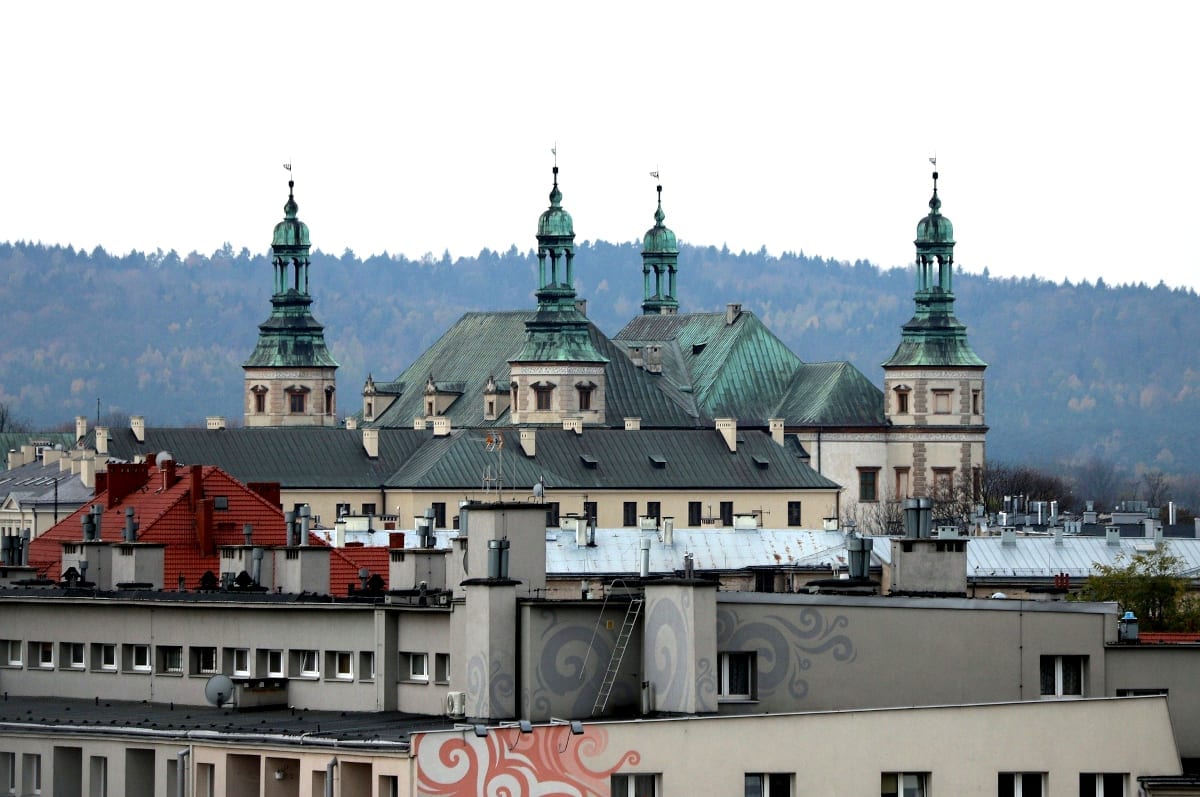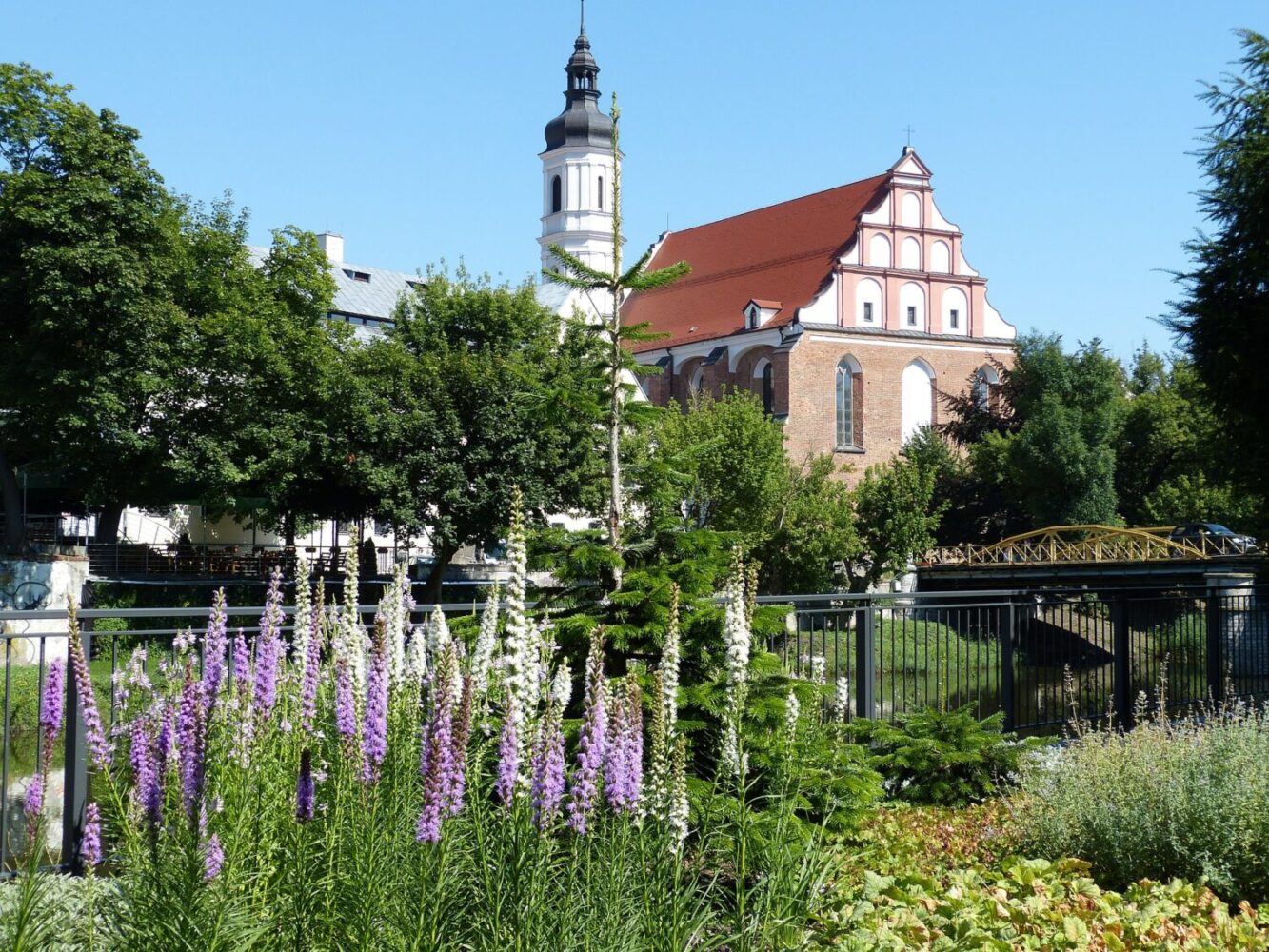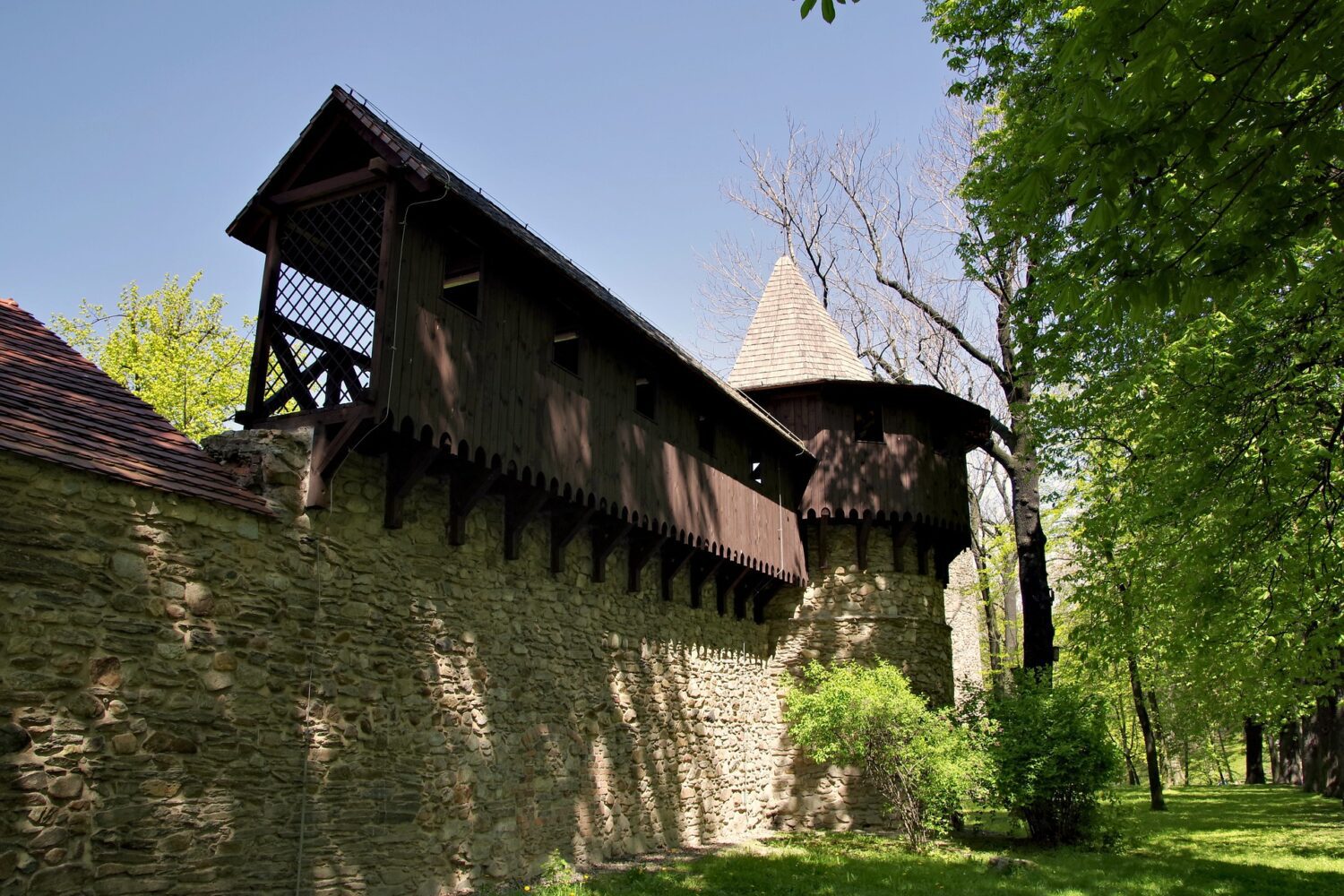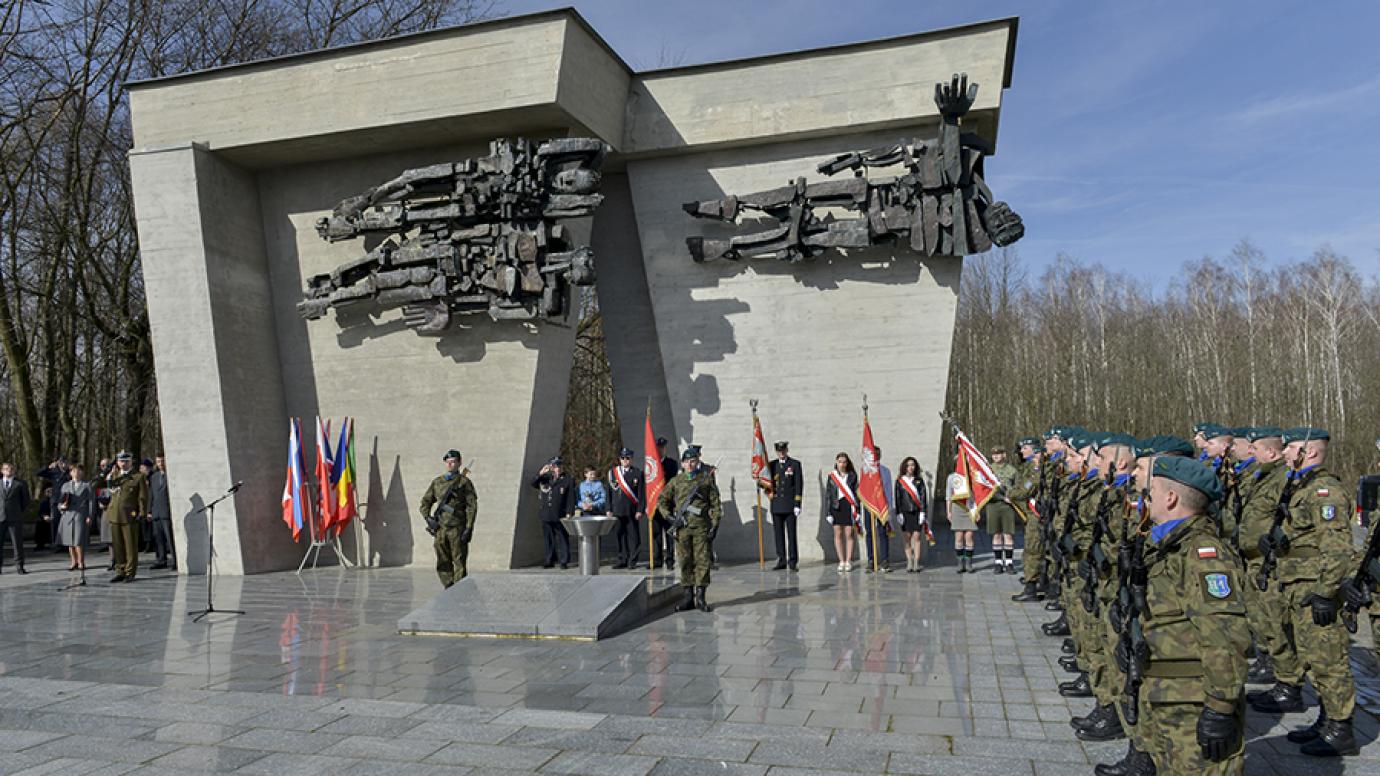Kuyavia-Pomerania (Kujawsko-Pomorskie)
Kuyavia-Pomerania
Kuyavia-Pomerania – updated 19 January 2023.
The Kuyavia-Pomerania (Kujawsko-Pomorskie) region in Poland is located in the north-central part of the country, and is known for its beautiful landscapes, rich history, and cultural heritage. The region is bordered by the Vistula River and the Masurian Lake District to the east, the Pomeranian Voivodeship to the north, and the Greater Poland Voivodeship to the south.
Main cities & towns
The main towns and cities in the Kuyavia-Pomerania (Kujawsko-Pomorskie) region of Poland include:
- Bydgoszcz: The capital of the region and one of the main economic and cultural centers of the region. It is known for its historic buildings and monuments, such as the Gothic-style St. Martin’s Church, the Baroque-style Town Hall, and the Opera Nova, as well as for its industrial development and modern infrastructure.
- Toruń: This is one of the oldest cities in Poland and is known for its well-preserved medieval Old Town, which is a UNESCO World Heritage Site. Toruń is also famous for being the birthplace of the astronomer Nicolaus Copernicus.
- Grudziądz: This is a charming town located on the banks of the Vistula River, it’s known for its rich history and cultural heritage, and for its well-preserved medieval Old Town.
- Włocławek: This is an important economic center of the region and is known for its industrial development, particularly in the field of textiles. The city also has a rich cultural heritage and is home to several historic buildings and monuments.
- Inowrocław: This is a charming town with a rich history and cultural heritage, it’s known for its beautiful parks, historic churches, and the Inowrocław Saltworks, which is one of the oldest and most important salt mines in Poland.
- Brodnica: This is a small town with a rich history and cultural heritage, it’s known for its well-preserved medieval Old Town, its historic church and the Gothic-style town hall.
These are some of the main towns and cities of the Kuyavia-Pomerania region, but the region is also home to several other smaller towns and villages, each with its own unique history, culture and attractions.
Natural landscapes
One of the main attractions of the Kuyavia-Pomerania region is the beautiful natural landscapes. The region is home to the Tuchola Forest, one of the largest and most diverse forests in Poland. The forest is a popular destination for hiking, camping, and wildlife watching, and is home to a variety of plant and animal species.
Lakes & rivers
The region is also home to several beautiful lakes and rivers, such as the Charzykowska Lake, the largest lake in the region, and the Brda River, which is popular for canoeing and fishing. The region is also home to the Wda Landscape Park, which is a beautiful area of rolling hills, meadows, and forests that is perfect for hiking and cycling.
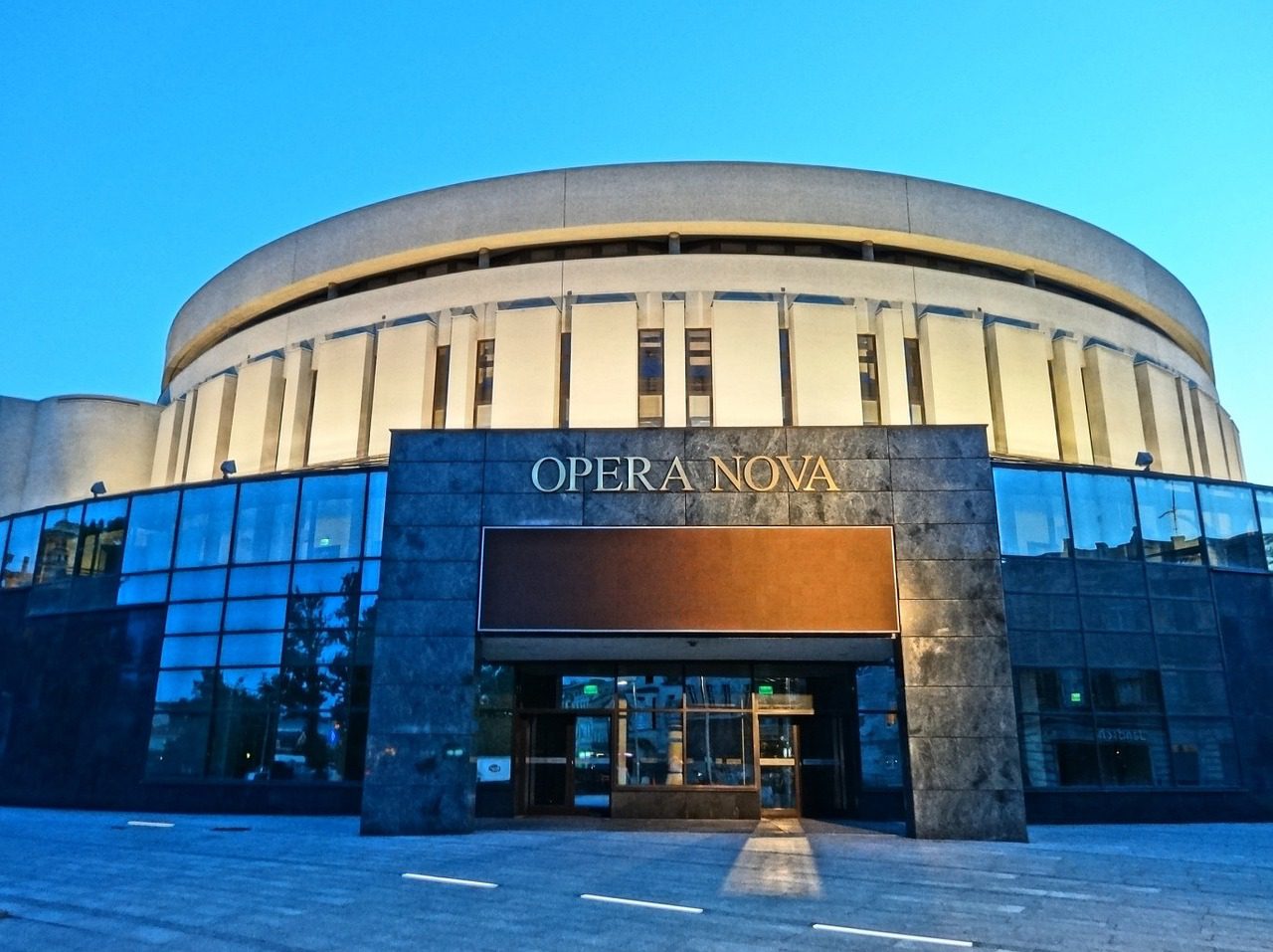
Rich history and cultural heritage
The Kuyavia-Pomerania region is also known for its rich history and cultural heritage. The city of Bydgoszcz, which is the capital of the region, is home to several historic buildings and monuments, including the Gothic-style St. Martin’s Church, the Baroque-style Town Hall, and the Opera Nova, which is one of the most modern opera houses in Europe.
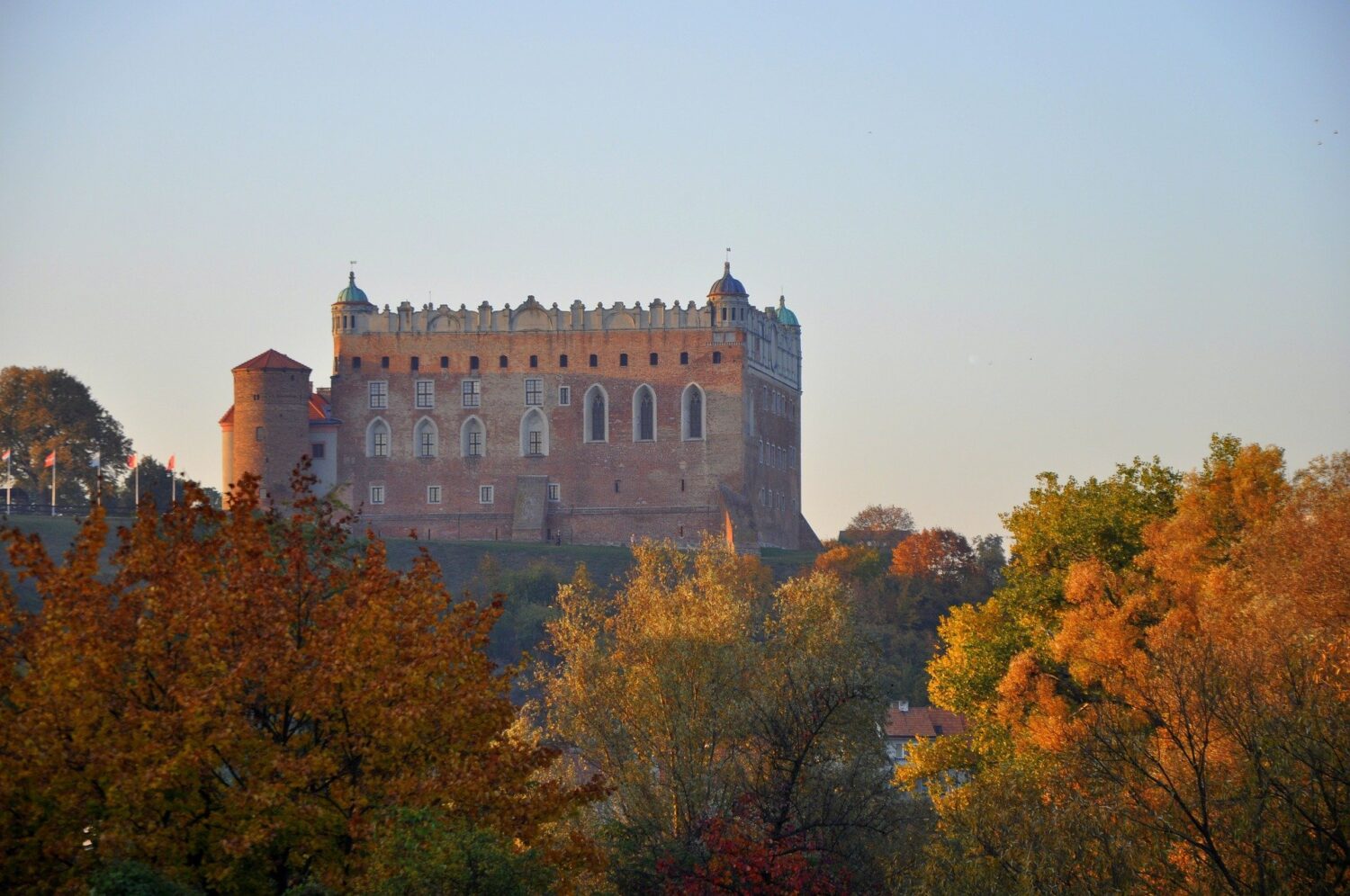
Castles & palaces
The region is also home to several historic castles and palaces, such as the Ciechocinek Palace, the Golub-Dobrzyń Castle, and the Rydzyna Castle, which are popular tourist attractions. The region is also known for its traditional crafts, such as pottery, woodcarving, and weaving, and visitors can find a wide variety of handmade goods at local markets and shops.
Industry and commerce
The Kuyavia-Pomerania region is also an important center of industry and commerce. The region is home to several large manufacturing companies, including the Bydgoszcz Industrial Park, which is home to several leading companies in the automotive and electronics industries.
Off the beaten path
Despite its industrial development, the Kuyavia-Pomerania region remains a relatively undiscovered destination in Poland. Visitors to the area will find a unique blend of natural beauty, rich history, and cultural heritage that makes it a great destination for those looking to explore off the beaten path.
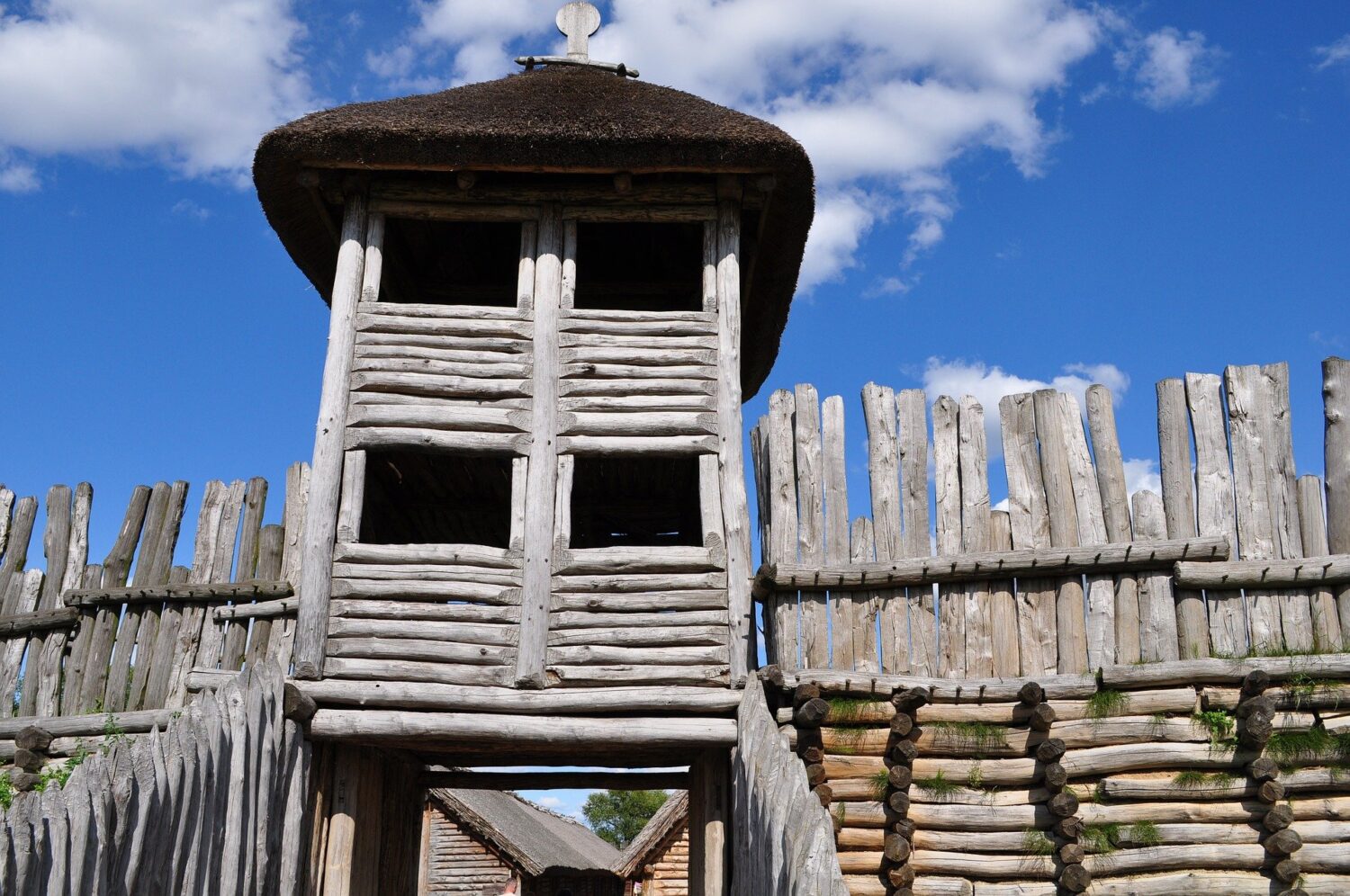
Biskupin
Biskupin is an archaeological site located in Poland, in the Kuyavia-Pomerania region. It is an ancient fortified settlement that was built by the Lusatian culture, an early Iron Age culture that existed in Central Europe between the 8th and 5th centuries BCE. The settlement was discovered in 1933 by archaeologist Józef Kostrzewski, and is now considered one of the most important archaeological sites in Poland.
Hidden gem
In conclusion, the Kuyavia-Pomerania region of Poland is a hidden gem that offers a unique blend of natural beauty, rich history, and cultural heritage. The Tuchola Forest, the lakes, and the Wda Landscape Park are perfect for outdoor enthusiasts, while the traditional crafts and historic buildings and monuments of the region are perfect for those looking to experience the local culture. The region’s industrial development also makes it an important center of commerce in Poland. It’s a destination that should not be missed for those who are interested in exploring Poland.
FAQ
Q: What is the Kuyavia-Pomerania (Kujawsko-Pomorskie) region in Poland known for?
A: The Kuyavia-Pomerania region in Poland is known for its beautiful landscapes, rich history, and cultural heritage. The Tuchola Forest, the lakes, and the Wda Landscape Park are popular destinations for outdoor enthusiasts, while the traditional crafts, historic buildings and monuments are popular among those interested in experiencing the local culture. The region is also an important center of industry and commerce in Poland.
Q: What are some popular things to do in the Kuyavia-Pomerania region?
A: Popular activities in the Kuyavia-Pomerania region include hiking in the Tuchola Forest, visiting the beautiful lakes and rivers, exploring historic buildings and monuments, visiting the Bydgoszcz Industrial Park to learn about the region’s industrial development and experiencing traditional crafts, local cuisine and culture.
Q: What are some popular traditional crafts in the Kuyavia-Pomerania region?
A: Traditional crafts in the Kuyavia-Pomerania region include pottery, woodcarving, and weaving. Visitors to the area can find a wide variety of handmade goods at local markets and shops.
Q: What are some popular dishes in the Kuyavia-Pomerania region?
A: The Kuyavia-Pomerania region has a rich culinary heritage, which includes traditional dishes such as kiełbasa, kaszanka, and kapuśniak, among others. Visitors can find many local restaurants and taverns that specialize in regional cuisine.
Q: How can I get to the Kuyavia-Pomerania region?
A: The Kuyavia-Pomerania region is located in north-central Poland. The main city of the region is Bydgoszcz, which can be reached by train or bus from other major cities in Poland. The region is also easily accessible by car and has good road connections.
Q: Are there any national parks in the Kuyavia-Pomerania region?
A: Yes, the Tuchola Forest is one of the main attraction of the Kuyavia-Pomerania region, it’s a national park and it’s one of the largest and most diverse forests in Poland. The forest is a popular destination for hiking, camping, and wildlife watching.
